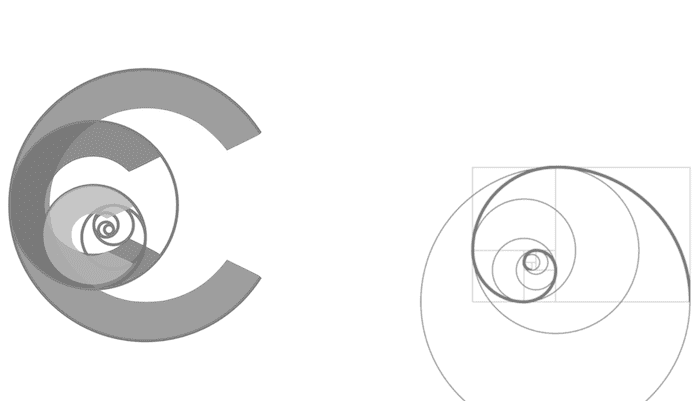Cardiac Arrest Survivor Hot Case
GENERAL APPROACH
Prognositication
- Rhythm
- CPR (time to and quality)
- Time to ROSC
- Cause of arrest – ability to treat cause
- Therapeutic hypothermia
- Coma -> need to wait until 72 hrs
- Assessment @ 72 hours – pupils, corneal reflexes, motor response, SSEPs (N20 peak absence), iso-electric EEG, burst suppression, status myoclonus
Other issues
- Cause of cardiac arrest – IHD, arrhythmias, drowning, drug
- Complications (organ failures)
INTRODUCTION
CUBICLE
- number and amount of organ support
- cooling device
INFUSIONS
- sedation: type and when ceased
- vasoactives
- fluid boluses
- paralysis
- nimodipine: SAH as a cause for cardiac arrest
VENTILATOR
- mode
- level of support
- level of oxygenation: FiO2, PEEP: APO, atelectasis, ARDS, aspiration, nosocomial pneumonia
- disease specific questions
MONITOR
- ECG: rate, rhythm, pacing spikes, conduction defects -> ask for 12 lead ECG
- temperature: therapeutic hypothermia
- CVP: number, waveform
- arterial trace: MAP, swing, pulsus paradoxus, pulse pressure
EQUIPMENT
- IABP: position, efficiency, complications
- PAC or PiCCO: ask for a recent set of output data
- pacing: box, wires, settings
- EVD: primary intra-cranial event
- surgical scars
QUESTION SPECIFIC EXAMINATION
- hands/arms -> head -> chest -> abdo -> legs/feet -> back
-> general: habitus
-> cardiovascular: sternal stability, cardiac failure, graft sites, shock, endocarditis stigmata, femoral.
-> respiratory: effusions, aspiration, APO
-> abdominal: distension, GI failure, liver laceration
- neurological (if hypothermic, comment that will effect neurological assessment)
-> paralysed
-> unconscious: pupils, corneals, cough, breathing, hemiparesis -> CVA, motor response
-> conscious
- burns from defibrillation
- rib #’s
- aspiration pneumonia
- secondary trauma that may occur at the time of collapse
- groins: femoral artery puncture or vascular sheath from PCI.
- clarify: rhythm, by-stander CPR, time to ROSC, shocks and adrenaline administered.
RELEVANT INVESTIGATIONS
- CXR
- TNT:
- other organ failures
- ABG: gas exchange
- EEG: N20 peak
OPENING STATEMENT
=
- Cause
- Treatment
- Prognosis

Critical Care
Compendium
Chris is an Intensivist and ECMO specialist at The Alfred ICU, where he is Deputy Director (Education). He is a Clinical Adjunct Associate Professor at Monash University, the Lead for the Clinician Educator Incubator programme, and a CICM First Part Examiner.
He is an internationally recognised Clinician Educator with a passion for helping clinicians learn and for improving the clinical performance of individuals and collectives. He was one of the founders of the FOAM movement (Free Open-Access Medical education) has been recognised for his contributions to education with awards from ANZICS, ANZAHPE, and ACEM.
His one great achievement is being the father of three amazing children.
On Bluesky, he is @precordialthump.bsky.social and on the site that Elon has screwed up, he is @precordialthump.
| INTENSIVE | RAGE | Resuscitology | SMACC
